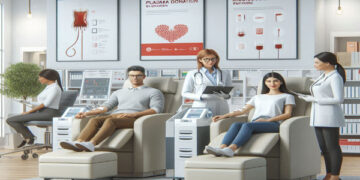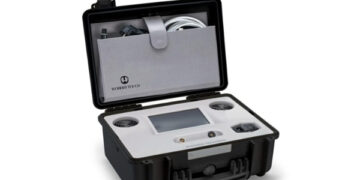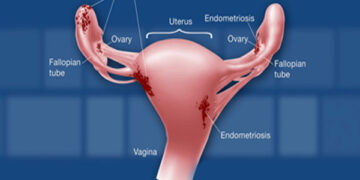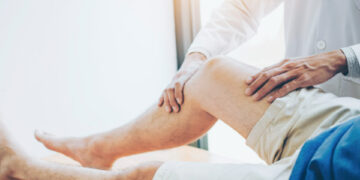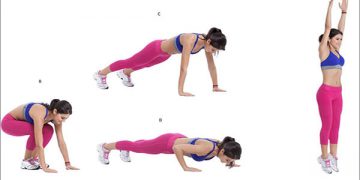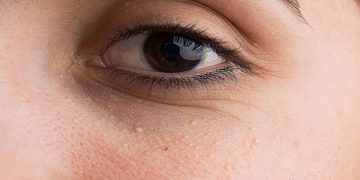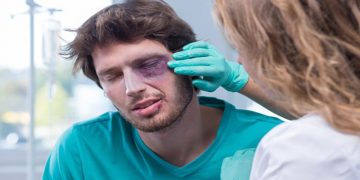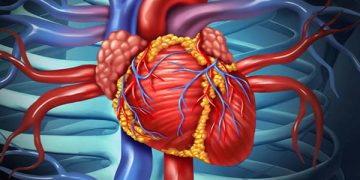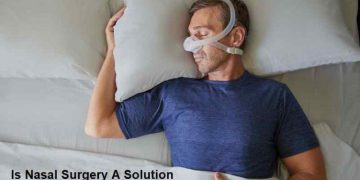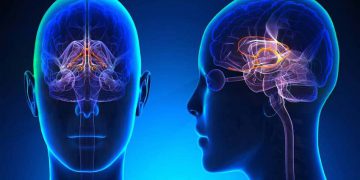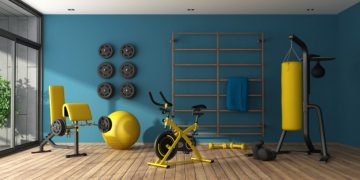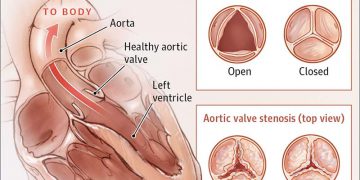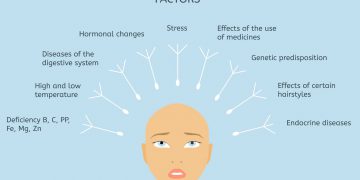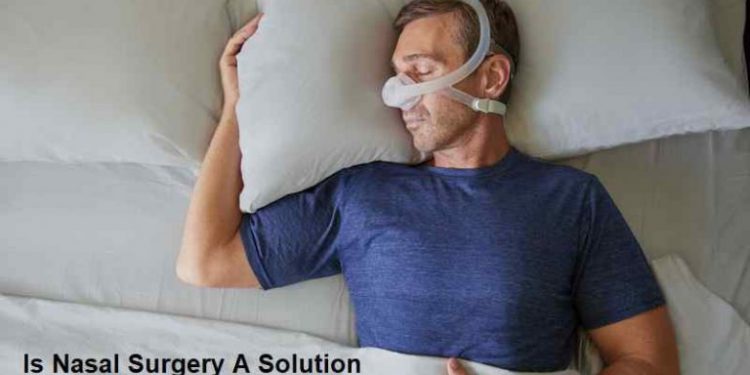The surgical treatment of Obstructive Sleep Apnea depends on where the blockage of breathing is actually occurring during sleep. Depending on the site, there can be one or multiple procedures a patient has to undergo. But whether nasal surgery is the only option or not is a point of consideration that scientists are still exploring. This article may help you get an answer for the same.
Reasons People With Sleep Apnea Should Consider Nasal Surgery
Primarily, there are 2 reasons people suffering from Obstructive Sleep Apnea should consider nasal surgery as a treatment option. These are as follows-
- To improve nasal obstruction broadly
- To improve nasal obstruction, especially at night, so that other treatment can improve airflow
There is enough scientific evidence that can indicate that nasal surgery of the nasal septum, turbinates, sinuses, or external of the nose can cure any obstruction inside the nose causing reduced airflow or other problems.
Nasal Surgery as Treatment of Sleep Apnea
The success of the nasal surgery for curing sleep apnea depends on certain factors which are explained below-
- The severity of the nasal obstruction
- The severity of sleep apnea condition
- Some changes due to nasal obstruction that cannot be cured with a surgery such as a mouth breathing
- Any other causes of obstruction in the nasal cavity that cannot be treated with surgery
Types of Nasal Surgery People With Sleep Apnea Should Know About
Uvulopalatopharyngoplasty (UPPP)
In this type of nasal procedure, the ENT doctor mainly performs correction at the back of the roof of the mouth. It mainly includes removal and repositioning of the excess tissue in the throat that can make nasal airways broader. The surgery can either trim the soft palate and uvula, remove the tonsils or reposition some of the tissues. This kind of soft palate procedure is the most common type of nasal surgery performed for treating sleep apnea.
Septoplasty and Turbinate Reduction
Septoplasty is the surgery to treat a deviated septum which is posing as an obstruction to the nasal airways. Whereas, Turbinate reduction is mainly the restructuring or removing of curved structures that bend out from sides of the nose. When there is an episode of allergy, these turbinates can large and obstruct the airflow inside the nose.
Laser-assisted uvuloplasty (LAUP)
As the name suggests, this procedure involves removing the uvula with the help of laser to scar and tighten the soft palate. For this procedure, the patients need to make several visits to the doctor. Although it incurs fewer side effects and lessened pain than conventional UPPP, it is not very effective.
Radiofrequency Volumetric Tissue Reduction (RFVTR)
This is a treatment option for people suffering from mild to moderate sleep apnea. With the help of controlled cauterization, the surgeon shrinks and tightens the muscles in and around the throat.
Hypoglossal Nerve Stimulation
The doctor implants a device in the chest wall and connects with a lead to the nerve innervating the tongue which causes the tongue to contract.
Tracheostomy
Considered as one of the most effective treatments for sleep apnea, this surgery is performed only in rarest cases of nasal obstruction. This procedure involves the doctor placing a breathing tube directly into the windpipe in the lower portion of the neck. During the day, the tube is plugged so that the patient can speak through nose and mouth freely and at night it is opened to allow the person to breathe.
What are some other options other than Nasal Surgery?
The main aim of
is to relieve out symptoms and restore normal breathing while asleep. Generally, they prescribe the use of mouthpieces and breathing devices such as continuous positive airway pressure (CPAP) for curing sleep apnea. It is very effective. For people not wanting to opt for nasal surgery, can try these.
Another option could be a nasal expiratory positive airway pressure which creates positive pressure in the airway during expiration. Some people are unable to tolerate CPAP, they can use this option.
In addition to such options, there are some lifestyle changes also that people with sleep apnea should consider. Some of them are-
- Do not take alcohol and medicines that can cause drowsiness
- Maintain a healthy weight
- Sleep on the side rather than on the back
- Quit smoking
- Try tongue exercises



